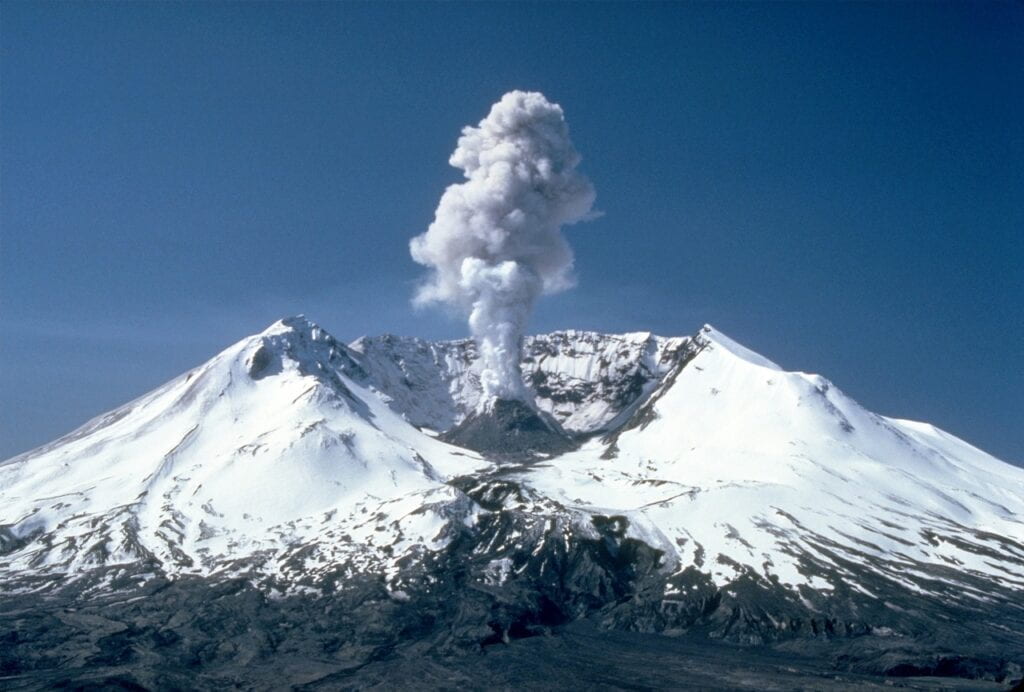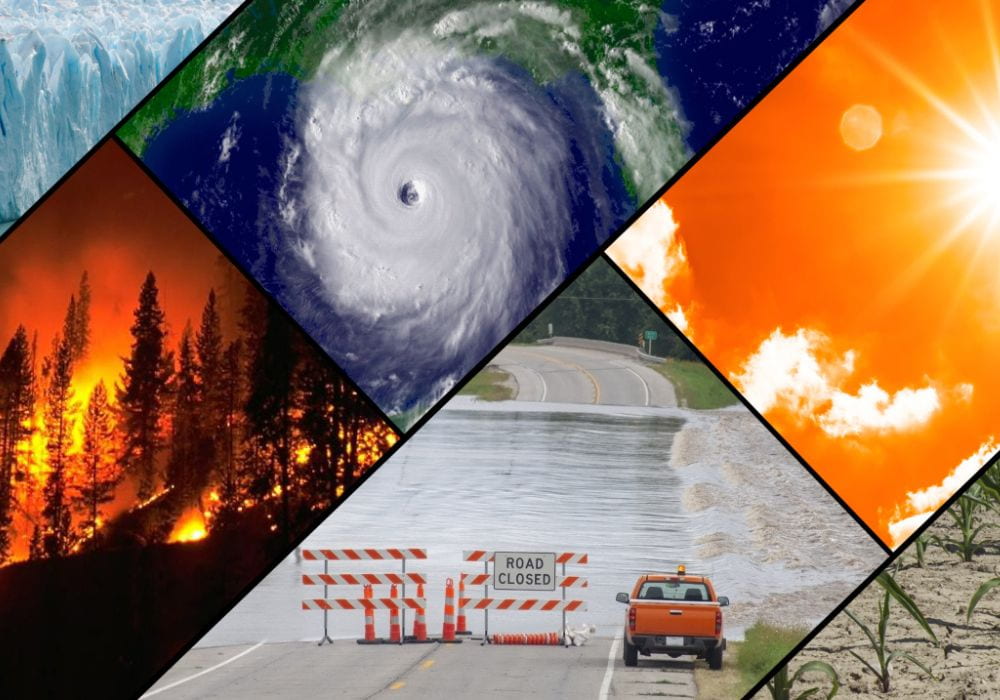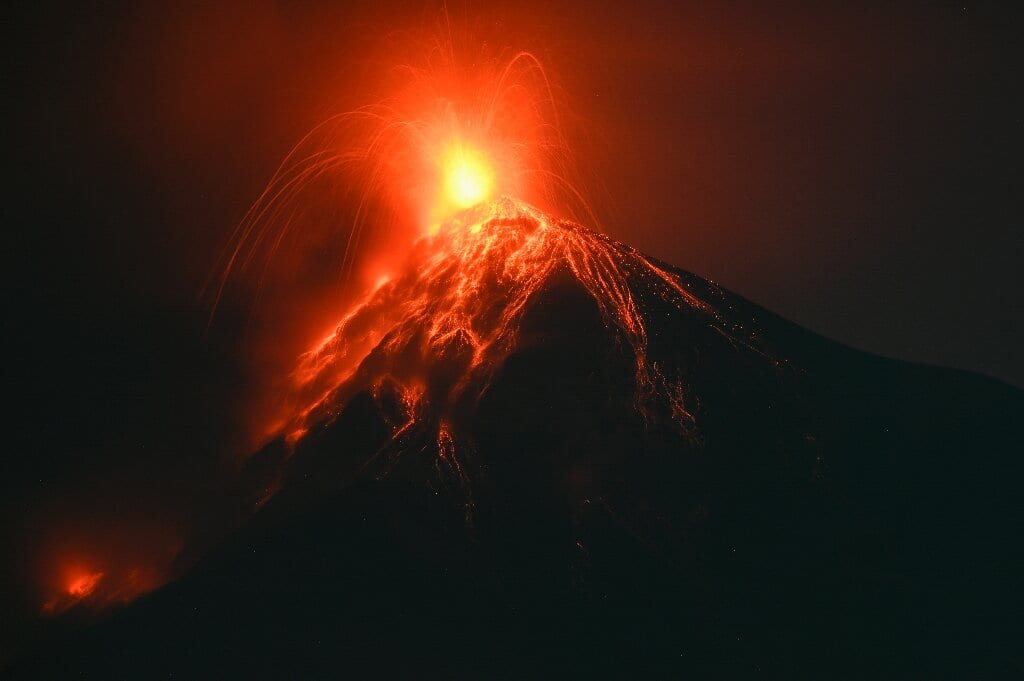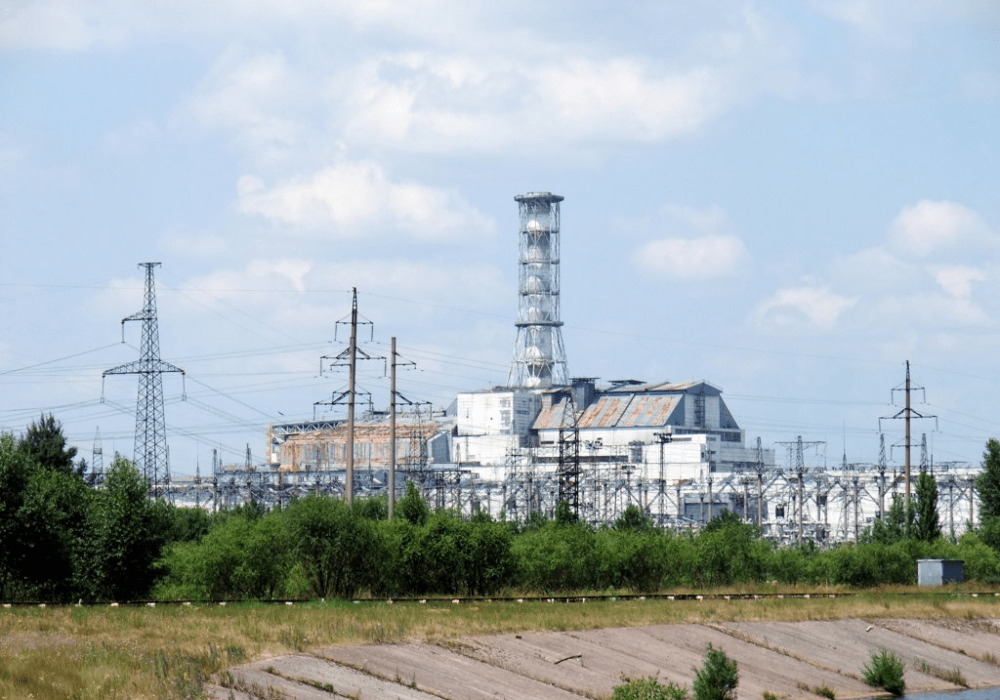
When Mount St. Helens erupted on May 18, 1980, the Federal Emergency Management Agency (FEMA) declared the event a disaster as ash measuring a depth of 150 feet. The event killed 57 people and caused damage to infrastructures, homes, and crops in the region.
Continue reading “Gina de la Chesnaye’s Mitigation Brief on Mount St. Helens’ Eruption”





